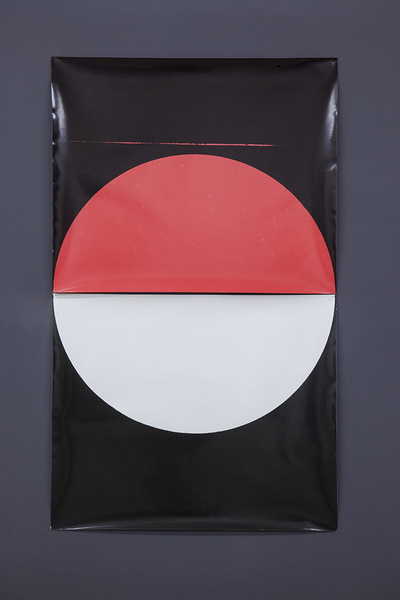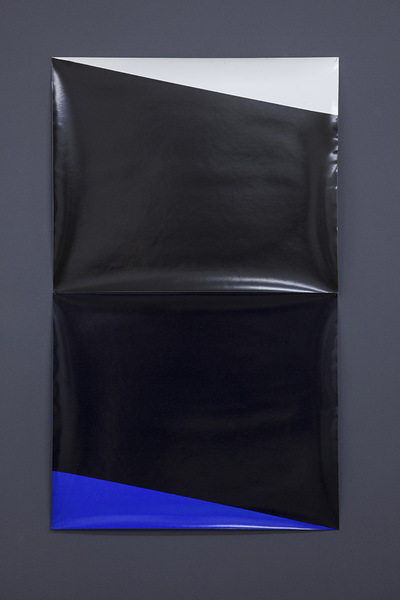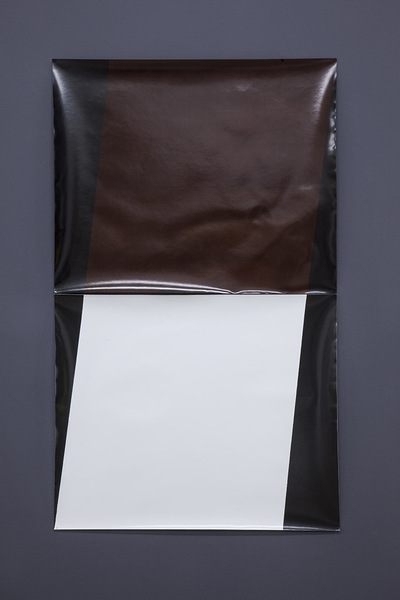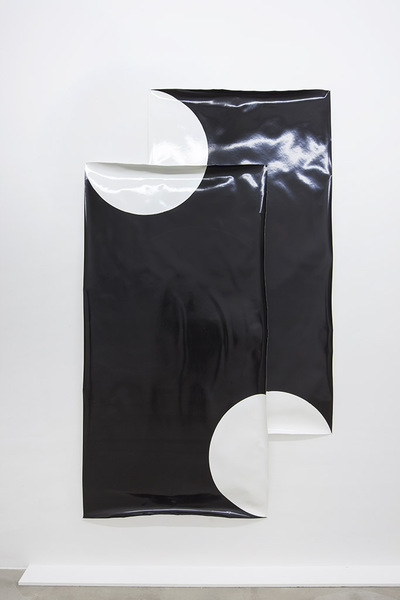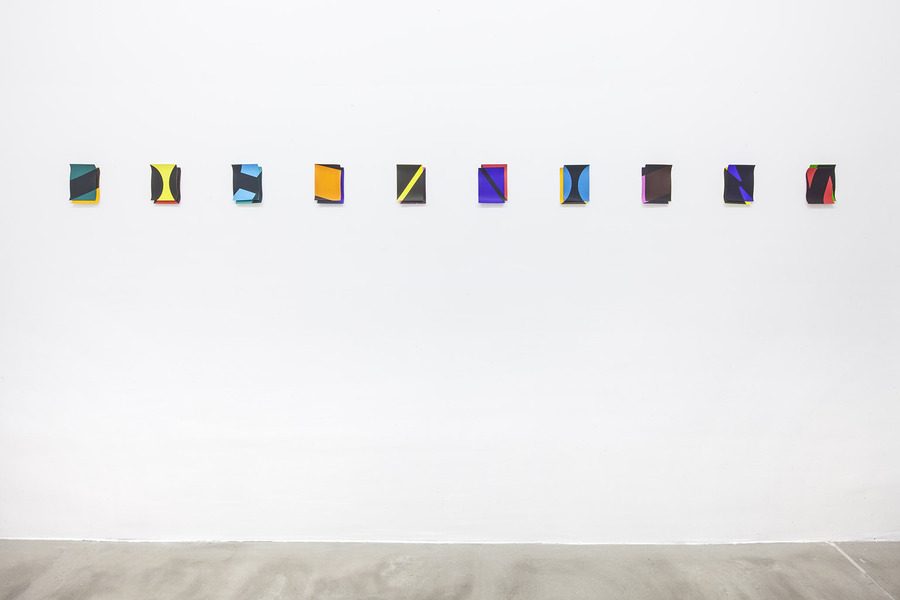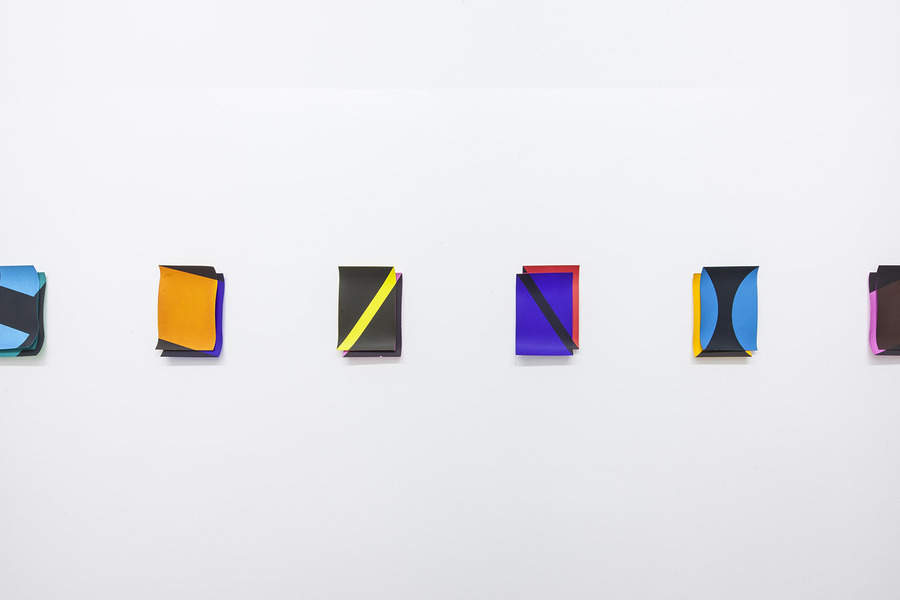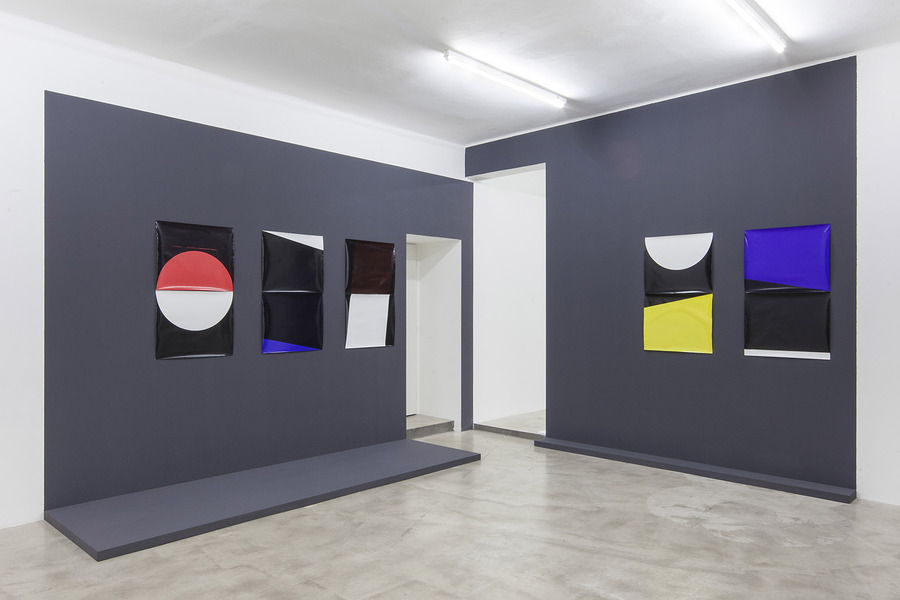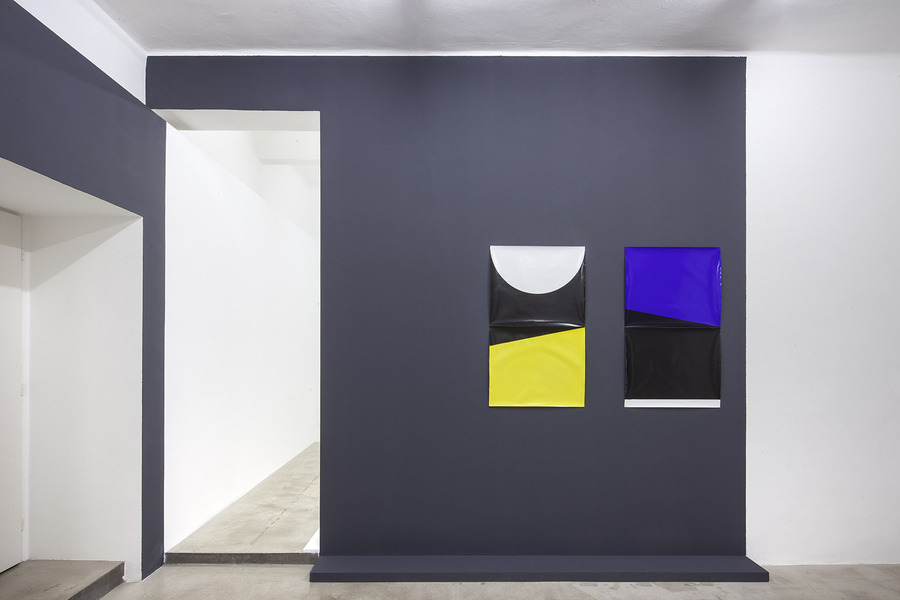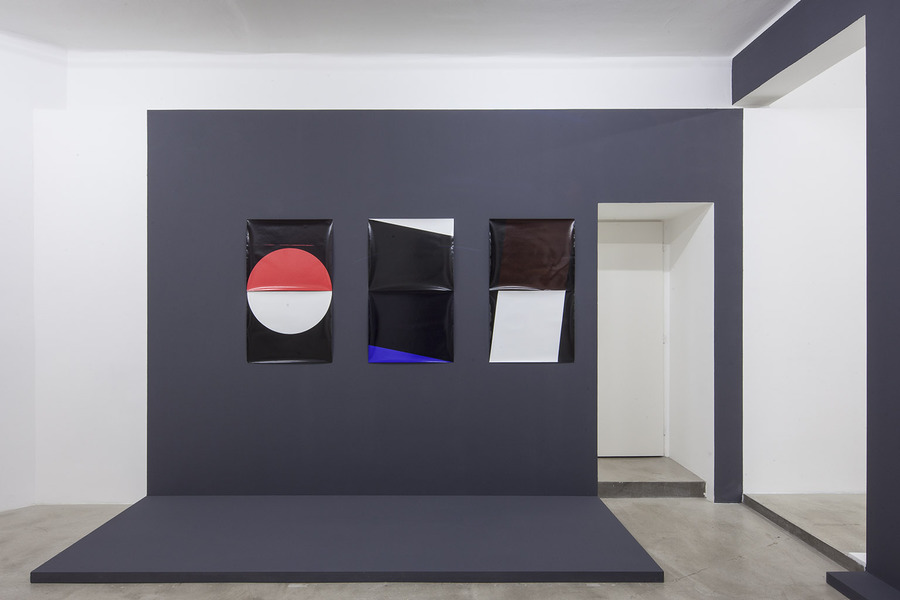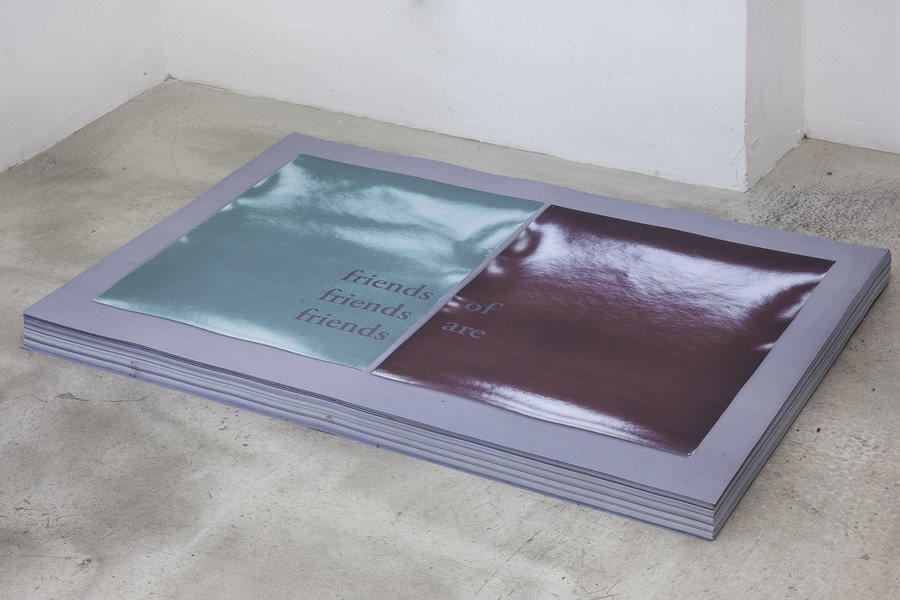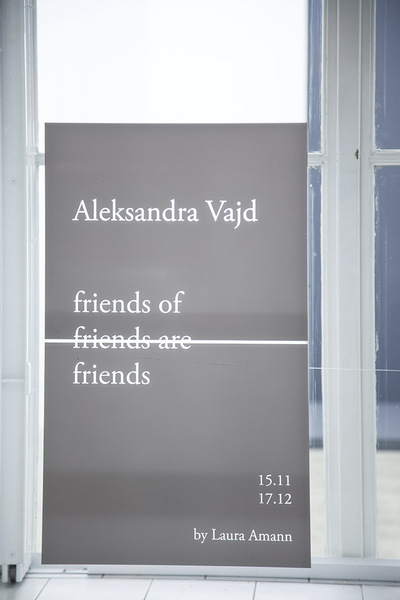“All the savor of existence; […] the unceasing ebb and flow which fills human history like tides of the sea; […] the very substance of history, […] as it was in the ages of man’s hand-to-hand struggle with the wild beasts of wood and mountain, and as it will be indubitably, in the most infinitely distant future” can be found in the Thirty-Six dramatic Situations according to Georges Polti’s ardent introduction to his eponymous oeuvre from 1916.
Polti’s research is based on the efforts of Carlo Gozzi who had identified the 36 dramatic situations already in the 18th century, of which is said that not even Goethe and Schiller, despite taking great pains to do so, could find more.
For Polti there is nothing mystic or cabalistic about this particular number, he not only firmly believes in the identification of these, but more surprisingly, that they coincide with but thirty six emotions we are able to experience in life, presenting us with a problem not to be resolved.
Wherein lies hence the value of such a seemingly restrictive system? Contemporary critiques argued it would eradicate and inhibit all creativity, turning drama into a department of geometric extrapolation. For Polti though the imagination is “merely the kaleidoscope of our memories, stirred by chance”, therefore leading to “banal, monotonous results […] returning mercilessly in all manner of methodless combinations”.
From his perspective the manual is an endless well of resources. If one will, a support structure that will allow any creator not only to rapidly review the field before them but also offer nothing less than one thousand three hundred thirty two possible basic combinations since there is “no situation which may not be combined with any one of its neighbours, nay, with two, three, four, five, six of them and more!”
In friends of friends are friends Vajd confronts us with a kindred system, where on first glance minimalist, seemingly flawless, geometric photograms, reinforced by bold aniline-based colours are paired to couples. These couples, or better, situations, gain momentum as they incite our imagination to envision all the inherent storylines contained in the sombre areas that become centre of the stage and ersatz for the representational. Models of mental states.
It is in us!
The drama is in us,
and we are the drama.
We are impatient to play it.
Our inner passion drives us on to this.
The dramaturgy places each protagonist and antagonist in their own setting, where “one of two strongly opposing colours will thus dominate the entire work, according as we shall choose, near the beginning, which of the two parties shall possess the greater power, the greater chance of victory.”
The twosome is not only main element of declination in this particular cast of works but core methodology of Vajd, one might say. Be it a long term partner, short term collaborator, late mentor or else the architect, curator, gallerist or commentator the work always develops and evolves around the opposition and tension, ultimately the fine balance of two antagonistic characters in negotiation and flux.
A recurring topic in conversations with Vajd is the sculptural quality photography gains, through its materiality and method of presentation. Interested in the moment when photography, once confined to two dimensions, conquers space and becomes its own pedestal Vajd wonders what might happen, as it wants to go back to the wall – what kind of pedestal could truly do it justice then? Intrigued by the challenge of creating an architecture, or better, a stage, we set out to explore the scene as a backdrop, pedestal and frame all at once, within the confinement but also the logic the gallery space offers, simultaneously following the rules given by the situations themselves, namely to connect through separation.
So friends of friends are friends. Doubting if it is an old proverb or a Facebook photo sharing privacy setting it actually is neither, and as much as we would like to believe it, we must admit it is not really true. Still it accurately describes a contemporary feeling of structure, applicable to social networks, professional relations and on a more abstract level maybe also a false sense of security in convenient or comfortable thinking.
Returning to the basics of analogue photography and the sensuality of the darkroom, gloomy red lights, damp plastic trays, taming stubborn papers, meticulously exposing and delicately hand colouring the situations into existence Vajd turns inward to reset her practice, while seamlessly pursuing questions central to her thinking.
The abstract nature requires us to focus on the process, materiality and technique. We give generous attention to every little detail. Before long, the seemingly distant, strict, cold geometries, reveal many traces of the craft and manual labour. Curvaceous paper, accommodates slight concentrations of pigments, sharp contours give way to subtle imperfections and softly blurred edges. The situations gain confidence, and adopt a more playful language.
In the novel Fuck Seth Price one line of thought evolves around artificially generated abstract work and states that the beauty of it stems from its ability to level aesthetic taste, be both abstract and representational at the same time, thus solve another long standing problem in art history, as eventually it need only represent itself – the process of artificial abstraction. I imagine Seth Price smirking at us as he writes these lines.
And while Price’s cynical and contradictory narrator, a successful but somewhat resigned artist, constructs his argument around digitally created abstract painting and we need not take it too seriously, the almost masochistic exactitude, manually executed in the situations does point to what working in an analogue way means nowadays, with a digitally tainted gaze, expecting nothing less than perfection and a universal aesthetics floating on the surface of our uniformly grey desktops. This expectation is disrupted, or better corrupted, by the limits of working with ones own body, related restrictions of material and equipment, accompanied by constant pleasurable mistakes while still striving for maximum precision, if not perfection.
“The laborious effort of artistic creation is itself a dramatic theme – so unruly, so assertive, is this thing called ‘life’ ever rising to harass and defeat anyone who would interpret, crystallize, devitalize it.”
The photograms do show traces of their lives, of processes formerly standard and specific to a medium, rendered useless through its evolution, ultimately elevating these marks to bearers of symbolic value.
With this in mind the situations are left at our disposal, independent of their own author, we can project on to the black space of possibility stories the author may never have dreamed of
– they are there, dying to live their part.
by Laura Amann
ad lib
acting without having planned what to do or say, often done to cover up for something having gone wrong or for forgotten lines
against type
playing a different sort of character than expected. See typecasting.
antagonist
A character that hinders the protagonist from achieving his or her goals.
anti-naturalism
An acting style in which the audience is kept aware that they are watching a performance rather than reality. (See Brechtian Acting.)
brechtian acting
An acting style in which the actors purposely try to alienate the audience from the characters in order to constantly remind them they are watching a play, based on the theories of Bertolt Brecht
cast
the actors in a play
casting
the process of choosing the actors for a play
character actor
an actor or actress who specializes in playing secondary roles. Character parts are not the romantic lead, but the additional funny, scary, or otherwise exaggerated roles.
cold reading
A reading from a script or other text without any prior rehearsal, usually in the context of an audition or workshop
curtain call
When the actors come to the front of the stage to bow at the end of a performance.
director
The person who directs a show. In most cases, the director has the final say on all aspects of the production
emotional memory
In method acting, when an actor attempts to draw upon memories of prior emotions to match the emotions of their character
fourth wall
An imaginary surface at the edge of the stage through which the audience watches a performance. If a character speaks directly to the audience or walks on/off the stage, this is known as breaking the fourth wall.
GOTE
An acronym (Goal, Obstacle, Tactics and Expectation) used to remind actors of their most basic work in character development.
intermission
A break between acts (usually first and second, but some plays have three or more acts).
motivation
A character’s individual desires or goals which propel them into action; the driving force of an inciting event that starts a story’s progression
obstacle
A force opposing a character’s “objective” (or “intention”) which gives rise to dramatic tension and conflict
preferred reading
The interpretation of the script that is stressed by the author or the text itself.
promenade
A performance of a play in which the actors and audience occupy the same space, with no distinction between acting area and audience area. The audience is given the freedom to explore the space together with the performance, and
there is generally an element of audience interaction in the play.
prompt
To tell an actor his next line when he has forgotten it. Also the person whose job it is to do this (also called the prompter).
prop
An object used in the play, from the Middle English proppe, meaning a support, not originally related to property as in ownership; does not include scenery or costumes.
signs of character
The various cues that convey a character’s personality, emotion or motivation.
soliloquy
A monologue spoken by a character to him or herself or the audience to reaveal his or her thoughts.
supporting cast
actors who are not playing major parts
typecast
when an actor becomes associated with only one type of role or character, often based on physical appearance
understudy
an actor familiar with another actor’s role so that he or she can substitute in an emergency
Supplication
Deliverance
Vengeance of a crime
Vengeance taken for kindred upon kindred
Pursuit
Disaster
Falling prey to cruelty or misfortune
Revolt
Daring enterprise
Abduction
Enigma
Obtaining
Enmity of kinsmen
Rivalry of kinsmen
Murderous adultery
Madness
Fatal imprudence
Involuntary crimes of love
Slaying of a kinsman unrecognized
Self-sacrificing for an ideal
Self-sacrifice for kindred
All sacrificed for a passion
Necessity of sacrificing loved ones
Rivalry of superior and inferior
Adultery
Crimes of love
Discovery of the dishonor of a loved one
Obstacles to love
An enemy loved
Ambition
Conflict with a god
Mistaken jealousy
Erroneous judgment
Remorse
Recovery of a lost one
Loss of loved ones



